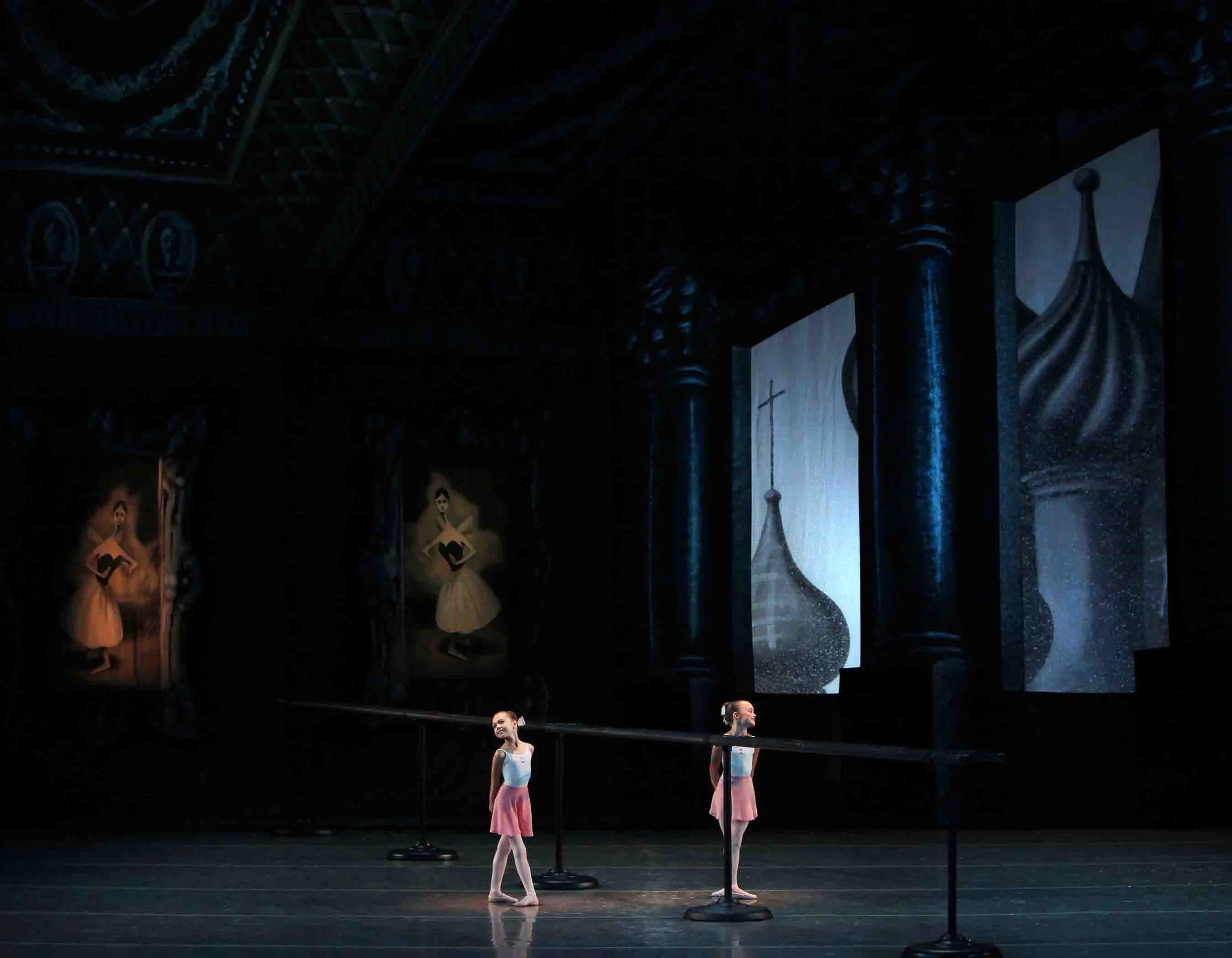THE NEW CRITERION, January 30, 2019
Drop the hammerklavier
On a concert by the pianist Jonathan Biss at Carnegie Hall.
We thrill to the shrill. Or at least, so I’ve heard. Like much of contemporary life, contemporary music has been increasingly engineered for the outer reaches of pitch and volume. That’s what best suits the digital compression of contemporary music files. For the analogue-inclined, those of us who still question our mind-numbing times, our challenge is to recalibrate a renewed appreciation for the midtones of both music and life.
The pianist Jonathan Biss is among a generation of youngish concert pianists who can reacquaint us with the joys of the middle. For his anti-flash and studied schlump, I seek him out. Against the idols of the age he looks for intimacy in his instrument and a sense for the actual meaning of piano—soft—in pianoforte.
Many years ago, at Carnegie’s smaller Zankel Hall, I first heard his soft inaction in action. If not a revelation, it was at least a subtle joy. The challenge for Biss has been to translate this sensitive intimism to larger halls. A recital I attended not long after that Zankel performance, this time in Stern Auditorium, failed to capture. Born in 1980, Biss merely seemed to fill the hall with Gen X indifference—not so much mid-range as middling.
Last Thursday, Biss returned to the greatest stage for a solo recital. Replacing the scheduled performance by Leif Ove Andsnes, who had to withdraw from recent touring due to an elbow injury, Biss played four Beethoven piano sonatas from generally consecutive stages in the composer’s career, concluding, after the intermission, with the Sonata No. 29 in B-flat Major, Op. 106, “Hammerklavier.”
From the moment he crosses the stage, Biss betrays an unusual upward force. He walks, and plays, as you might expect a marionette to walk and play—suspended, with head and arms dangling. Rather than pounding on the keys, his action instead goes in the “up” direction, towards the puppeteer in the sky. At times his light touch offers its own dazzling passages. In the final Presto movement of Beethoven’s Piano Sonata No. 6 in F Major, Op. 10, No. 2, as one hand chased the other in counterpoint, a digit or two may have made a run for it. Then for the Piano Sonata No. 18 in E-flat Major, Op. 31, No. 3, a fun work sometimes known as “The Hunt,” the ivories were tickled to the point of mercy.
The keyboard instrument of Beethoven’s day was not the modern pianoforte but the lighter-framed fortepiano, which often snapped when put through the paces of the brash young composer. Biss performed as if he wanted his damage deposit back. His prestidigitation is impressive, but the act can also become mannered. A late inclusion of the eight-minute Piano Sonata No. 20 in G Major, Op. 49, No. 2, performed between the other two, seemed superfluous. The anti-show was getting showy.
There is a special place in musical heaven for performers who fill in for a missing headliner. Here for Andsnes, this wasn’t necessarily Biss’s crowd. There was also an early sense that Biss didn’t care to make it his night, either. He wasn’t out to dazzle. He was here to do his job, his way.
The contrast from the earlier sonatas made this final performance all the more striking—in fact, it was the very piano of the earlier playing that made this forte so exciting.
That all changed after intermission. What exactly happened in Hammerklavier? Suddenly, compared to the marionette playing of the earlier sonatas, the player came alive. This piece is one of Beethoven’s later masterworks. Coming some twenty years after the early sonatas before intermission, Hammerklavier is not just Romantic, but also roaming. It is no surprise that Beethoven took a year to write it, searching and sifting through irregular pieces of classical form for this forty-five-minute work, his longest piano sonata.
Freed from his upward suspension, Biss dug into this ground. The contrast from the earlier sonatas made this final performance all the more striking—in fact, it was the very piano of the earlier playing that made this forte so exciting. (Biss’s recent recording of the work conveys some, if not all, of this excitement). In the Allegro, Biss played until his fingers seem to run out of breath. The Adagio sostenuto section was transcendent, while the Largo was like a sleeper hold. Then, finally, for the Allegro risoluto, Biss panted and groaned as he climbed up to his conclusion, grasping all the way for Ludwig Van, no strings attached.







